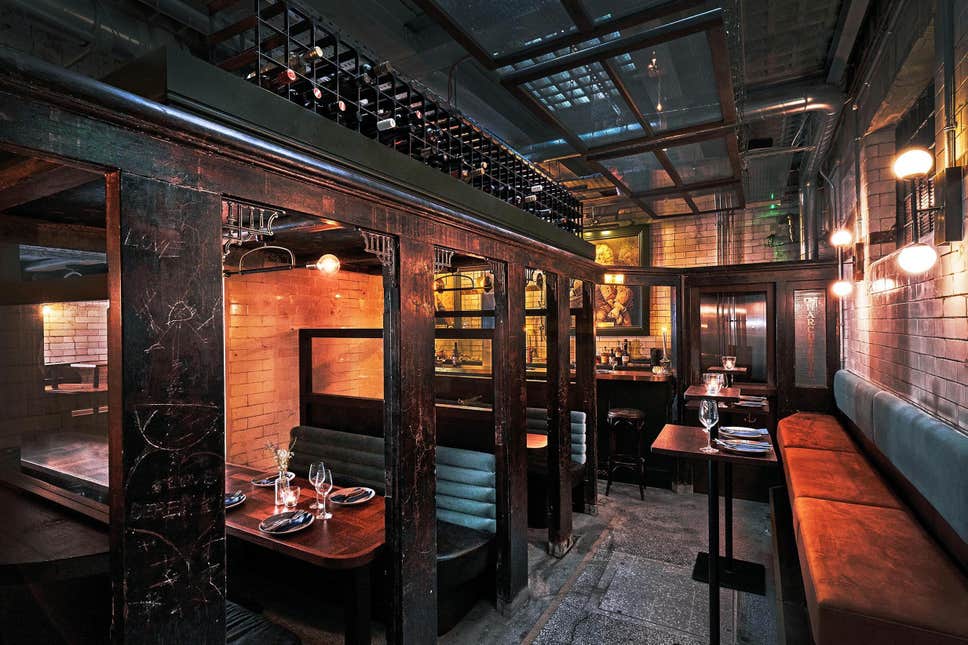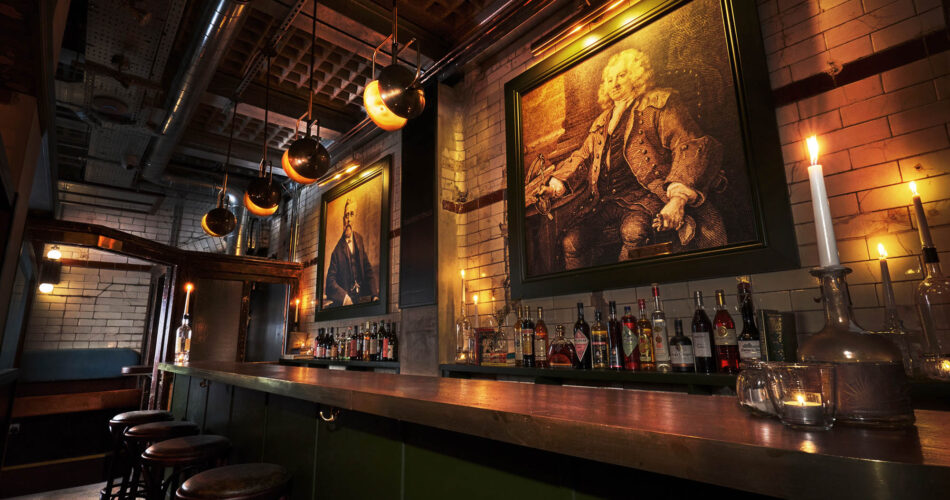The team behind WC Clapham is to open a second wine bar in Bloomsbury
After the success of WC Clapham, WC Bars has announced to open a second location next month at Bloomsbury. The original location opened in 2014, based in the South London neighborhood of Clapham, and offers “wine and charcuterie”, creating a double meaning for “WC” which can also stand for “water closet”, in a remodeled underground toilet space.
This is a 120-year-old Victorian public toilet that has been restored, with the interior retaining the original wooden stalls which are now used to form bookable booths. The forthcoming Bloomsbury space is “Grade II listed”, meaning the government requires a certain level of preservation for historical purposes. So, the original tiles and marble floors have also been preserved, and Victorian urinals have even been upholstered into seats in an atmosphere where you can drink wine and cocktails while a picture of local philanthropist Captain Thomas Coram hangs on the wall.

Now, finding a toilet is a lot easier than it used to be but back in 1800s England, providing a place for Brits to do their needs became a priority, and in densely-populated areas like London, many of these large lavatories were built just underground. However, another modern reckoning is that secluded restrooms can attract unsavory behavior, and over the years, most of England’s Victorian public toilets have been decommissioned. Nevertheless, a few of these Victorian structures have found a second life as underground bars.
So why is England so obsessed with turning old water closets into watering holes? Co-founder Jayke Mangion believes the answer is multifaceted. “Space is a commodity in [London]. Some old loos have been turned into apartments as well as cafes. The city is full of entrepreneurial creatives, and for us, it was a labor of love also. To have something so old which has a specific function but then turn it into something completely different appeals to us and is also appreciated by others”.
Source thedrinksbusiness.com

